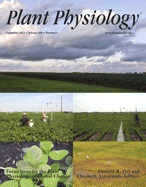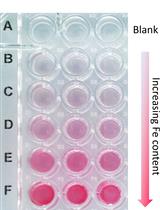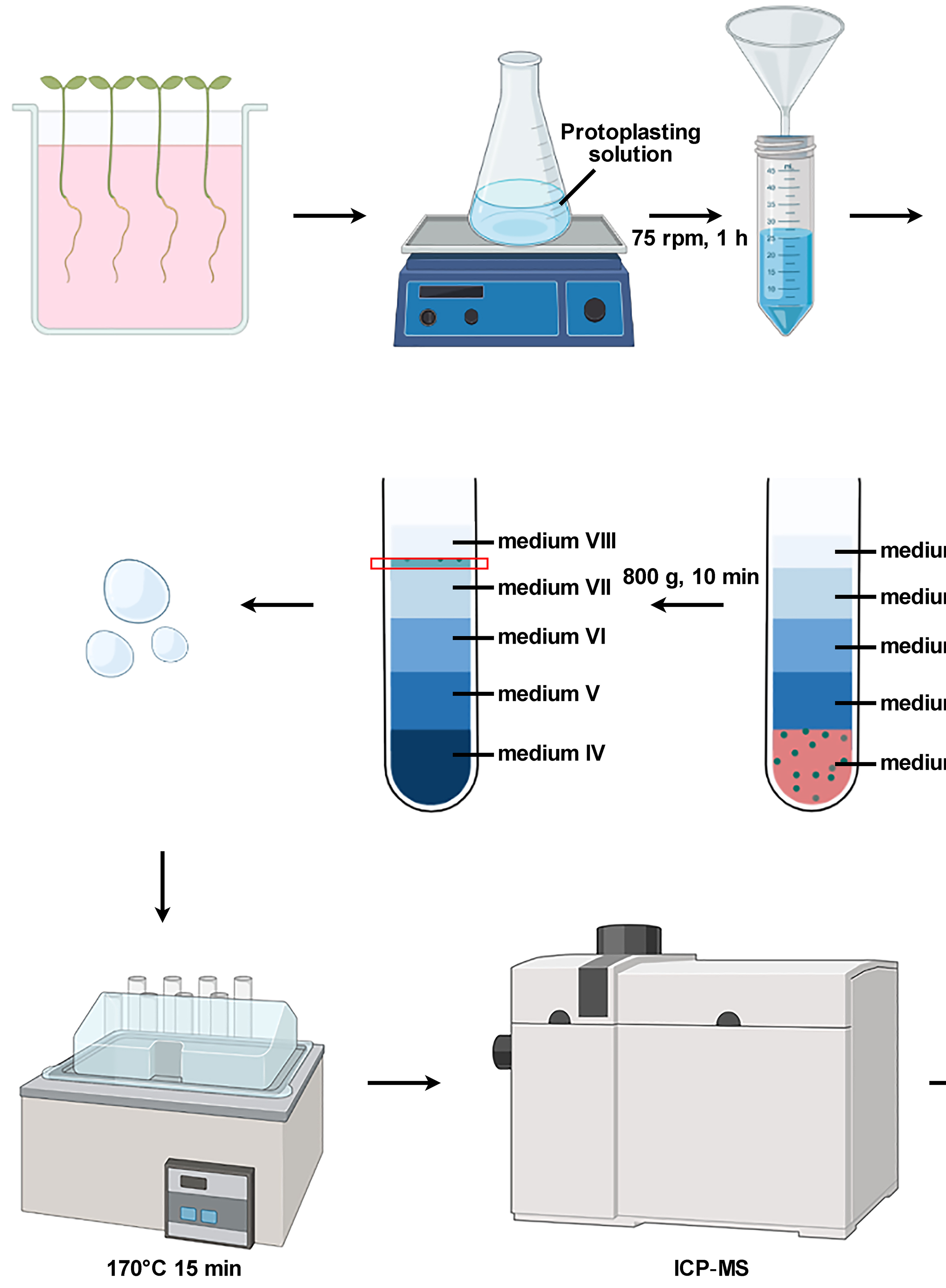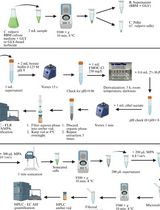- EN - English
- CN - 中文
Extraction and Reglucosylation of Barbarea vulgaris Sapogenins
欧洲山芥皂苷配基的提取和葡糖基化修饰
发布: 2013年07月20日第3卷第14期 DOI: 10.21769/BioProtoc.826 浏览次数: 10446
评审: Tie Liu
Abstract
Plants produce a vast array of natural compounds. Many of them are not commercially available, and are thus lacking to be tested as substrates for enzymes. This protocol describes the extraction and acidic hydrolysis of metabolites from Barbarea vulgaris with special focus on saponins and their agylcones (sapogenins). It was developed to determine if some B. vulgaris UDP-glucosyltransferases (UGTs) that were shown to glucosylate commercially available sapogenins, would also accept additional sapogenins from this plant as substrate, which are yet chemically uncharacterized and/or commercially unavailable (Figure 1).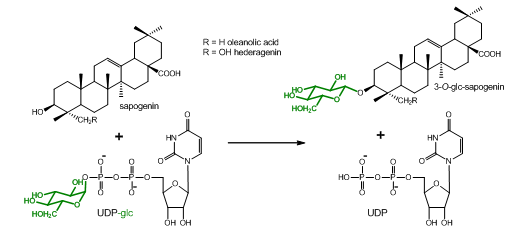
Figure 1. Glucosylation reaction catalyzed by UGT73C10-UGT73C13 from Barbarea vulgaris (Augustin et al., 2012). All four enzymes utilize uridine diphosphate glucose (UDP-glc) as glucosyl-moiety donor and different sapogenins such as the oleanane sapogenins oleanolic acid and hederagenin as glucosyl-moiety acceptor. Oleanolic acid and hederagenin both naturally occur in G-type B. vulgaris, where they are predominantly found in their 3-O-cellobiosylated form. Additional saponins from G-type B. vulgaris have been identified by Nielsen et al., 2010. However, the majority of saponins and sapogenins that occur in B. vulgaris remain unidentified.
Materials and Reagents
- Bovine serum albumin (BSA) (Sigma-Aldrich, catalog number: A7906 )
- Polyvinylpolypyrrolidone (PVPP) (Sigma-Aldrich, catalog number: 77627 )
- Hydrochloric acid (HCl) (Sigma-Aldrich, catalog number: H1758 )
- Tris(hydroxymethyl)aminomethane (Tris base) (Sigma-Aldrich, catalog number: T1503 )
- Ethyl acetate (Sigmal-Aldrich, catalog number: 34972 )
- N-Tris(hydroxymethyl)methyl-3-aminopropanesulfonic acid (TAPS) (Sigma-Aldrich, catalog number: T5130 )
- Dithiothreitol (DTT) (Sigma-Aldrich, catalog number: D0632 )
- Uridine-5’-diphosphoglucose (UDP-Glc) (Sigma-Aldrich, catalog number: S451649 )
- Silica gel 60 F254 TLC plates (EMD Millipore, catalog number: 1055540001 )
- Polyvinylidene difluoride (PVDF) filter plate (0.45 μm pore diameter) (EMD Millipore, catalog number: MAHVN4510 )
- FRETWorks S-tag assay kit (EMD Millipore, catalog number: 70724 )
Equipment
- Water bath
- Centrifuge for 50 ml and 15 ml conical centrifugation tubes (VWR international, catalog number: 89004-368 )
- Thermomixer (VWR international, catalog number: 21516-168 )
- pH indicator paper (Whatman, catalog number: 2600-100A )
- Vacuum centrifuge (Labogene, catalog number: 7.008.100.777 )
- Thin layer chromatography (TLC) developing chamber (VWR international, catalog number: 21432-739 )
- Aldrich flask-type sprayer (Sigma-Aldrich, catalog number: Z190373 )
- Heat block (VWR international, catalog number: 12621-120 )
- LC-MS analysis was carried out on an Agilent 1100 Series LC (Agilent Technologies), equipped with a Gemini NX column (Phenomenex), and coupled to a Bruker HCT-Ultra ion trap mass spectrometer (Bruker Daltonics)
Software
- DataAnalysis 4.0 (Bruker Daltonics)
Procedure
文章信息
版权信息
© 2013 The Authors; exclusive licensee Bio-protocol LLC.
如何引用
Readers should cite both the Bio-protocol article and the original research article where this protocol was used:
- Augustin, J. M., Olsen, C. E. and Bak, S. (2013). Extraction and Reglucosylation of Barbarea vulgaris Sapogenins. Bio-protocol 3(14): e826. DOI: 10.21769/BioProtoc.826.
- Augustin, J. M., Drok, S., Shinoda, T., Sanmiya, K., Nielsen, J. K., Khakimov, B., Olsen, C. E., Hansen, E. H., Kuzina, V., Ekstrom, C. T., Hauser, T. and Bak, S. (2012). UDP-glycosyltransferases from the UGT73C subfamily in Barbarea vulgaris catalyze sapogenin 3-O-glucosylation in saponin-mediated insect resistance. Plant Physiol 160(4): 1881-1895.
分类
植物科学 > 植物生物化学 > 其它化合物
生物化学 > 其它化合物 > 皂苷
您对这篇实验方法有问题吗?
在此处发布您的问题,我们将邀请本文作者来回答。同时,我们会将您的问题发布到Bio-protocol Exchange,以便寻求社区成员的帮助。
Share
Bluesky
X
Copy link



